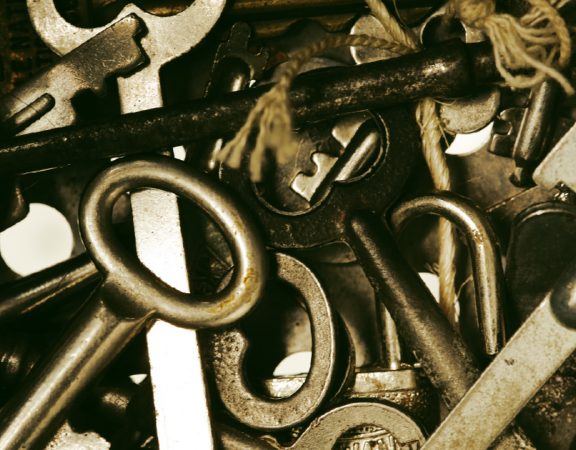Although we seldom think about them locks are silent heroes of reliability and strength, securing our homes and businesses.
You may not know it but there are several different types and classes of locks.
First let’s run through some the parts of the lock.
Bolt/ Latch
The part of the lock between the door edge and door jamb which holds the door closed when in the lock position. Latches can “slam shut” whereas bolts need to be locked with a key or turn snib.
Dead Latching/ Deadlocking
Dead latching locks are locks whose mechanism prevents the bolt or latch being pushed or dragged back while in the locked position. Almost all modern locks are “deadlocking” and you should ensure all locks on your house have this feature. This will prevent the classic “credit card” style attack we have all seen in the movies.
Door Jamb
The door jamb or frame is the section of wood or steel which surrounds the door at the top, hinge edge and swinging edge of the door.
Usually refers to the edge of the door which the lock is fitted to.
Knob sets and Lever sets
Very common and versatile, knob and lever locks are present in almost everyone’s home or office. They are available in a range of functions, colours and styles to suit your application or decoration.
Common functions include store-room, entrance, passage, privacy and classroom. Ask your locksmith at Brisbane Lock and Alarm for advice on which function you should use.
Dead-Bolts.
These are a common non latching lock usually used in conjunction with a knob or lever set. They provide secondary locking to a wide range of door styles and are very reliable. A good quality deadbolt uses a hardened steel bolt core and solid brass lock bodies. They are locked with a key or a turn snib.
Dead-latches
Usually referring to Lockwood’s 001, dead latches are surface mounted locks which lock automatically when the door is slammed shut.
When installed properly dead latches provide excellent single point locking without the need to drill large holes in the door.
Night-Latches
These latches are old style, non-deadlocking locks which are commonly found in older houses or in areas where security is not a priority. Because they do not dead latch these locks are not recommended for use as the primary lock on your home.
Screen door locks
Either sliding or hinged screen door locks tend to be specific to the brand of door and fitted from factory. They can have three locking points or just one. Usually in high traffic areas these locks are easily replaced and while reliable are not serviceable and are treated as disposable.
Patio Bolts
Patio bolts are commonly fitted to sliding, concertina or French doors to provide additional locking to the top or bottom of the door. Cheap, solid and cost-effective, patio bolts are an excellent security upgrade to any sliding door.
A good patio bolt is key lockable and can be locked in the open or closed position. Higher end bolts use hardened steel pins.
Padlocks
Padlocks are a versatile and simple locking solution which come in a huge variety of sizes and security levels.
Padlocks can be supplied keyed alike in brass, stainless steel or hardened steel to meet a variety of applications.
Customers should be wary of “Bunnings” brand padlocks and inferior cheaply made Chinese locks. These budget padlocks don’t use important security features and are often made from low grade materials which will not hold up to a physical attack.
Remember to use padlocks in conjunction with suitably high quality chain, hasp & staples or barrel bolts.





